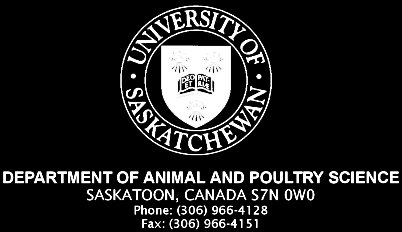

August
30, 1985
Dear
Mr Plant:
Many
thanks for your letter of 30 May 85 and for a copy of your manuscript on
chicken bone recoveries. I have now had an opportunity to read the manuscript.
I enjoyed it very much and wish that I had had access to it when preparing the
review chapter for Masonís book on evolution of domesticated animals. You
have done some remarkable sleuthing and have been marvellously successful in
gaining access to some very obscure documents. I can find no general fault
with your interpretations. As you clearly indicate, all of the evidences are
fragmentary at best and firm conclusions are not warranted at this time. Let
us hope that with passing time more pieces of evidence will accumulate so that
eventually firm conclusions can be reached. I have no further information on
the topic beyond that given in Masonís book. But can pass along comments on
a couple matters.
A
former graduate student from Chile is interested in the blue egg and ear tuft
traits and in their association with indigenous Chilean chickens. She has
either returned to a faculty position in Chile or will be soon. She wants to
do some local sleuthing and perhaps with time she may be able to extend our
knowledge. She told me that the Araucana people are extinct - they strongly
resisted authority of the Spanish in the early days of colonization; to solve
the problem, the Spanish granted colonizing rights to a group of rough tough
Germans and there soon were no Araucana people. She told me that the blue egg
trait is presently very common in local chicken stocks of Chile but she did
not know about the ear tuft trait, I continue to wonder whether some important
clues might be found in relation to single gene characteristics. Thus far I
have found no evidence that the blue egg trait occurred historically other
than in South America. I have heard that the mutation might have occurred
independently within this century in Scandinavia but this has not been
documented. Comb type variation raises some questions. My own observations are
that the mutation to rose comb is Mediterranean and the mutation to pea comb
is south-east Asian. Combination of the two gives walnut comb, which is
currently characteristic of Malay chickens, but I wonder how long they have
been walnut-combed. One of the genetic complications is that rose comb is not
easily fixed in a population; homozygous rose comb males are effectively
sterile, heterozygotes are fully fertile and thereby ensure that the single
comb condition remains within a population. Pea comb reached Egypt very early,
and my interpretation as given in the Mason book is that this was an exotic
introduction which did not persist. When did rose comb reach the Far East? I
wonder if it was very recently and was inserted into Malays only a short while
ago. It is unfortunate that we have no record of comb type in the first
Araucanas described in the technical literature. Linkage with pea comb and
blue egg may be a clue, but the linkage is not complete and recombination is
fully possible; as for instance, the research flock of Araucanas with which I
have been working has both blue egg pea comb individuals and blue egg single
comb birds.
I expect to be undertaking a very major writing assignment in the next several years and will have occasion again to consider origins and dispersal as part of that work. And so I am especially happy to have had the opportunity to read your work. I hope you will keep me informed of any future developments.
Yours very truly,
Roy
Crawford